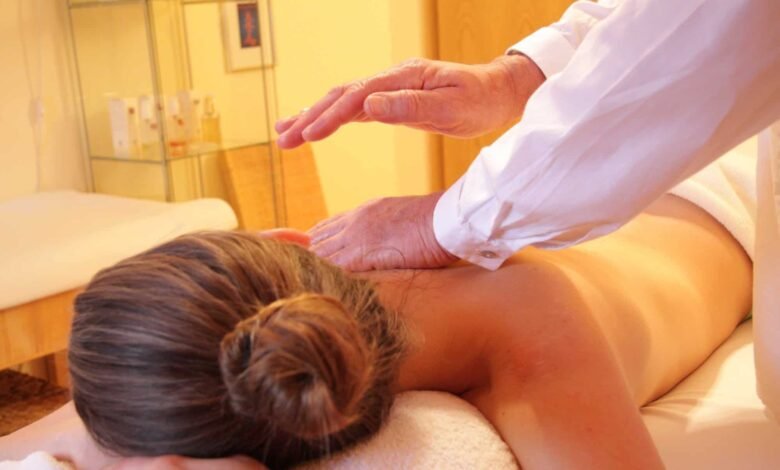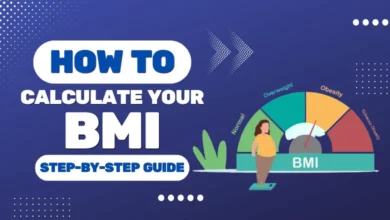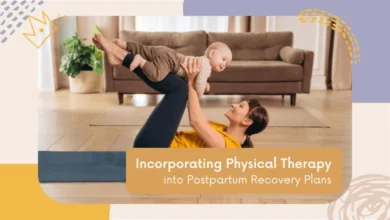5 Essential Massage Techniques You Should Know

Nothing quells stress and tension like a great massage.
Massages are one of our most popular wellness choices, with many believing they can tackle stress, muscle tightness, high blood pressure, pain, and insomnia. But of a number of massage types, it’s hard to know exactly what to get.
If you aren’t sure about massage types and want to learn essential massage techniques and specifics, read on. Here, we share this guide to perfect massage skills — the ones you should know about before a massage service.
Let’s get started!
1. Effleurage
Effleurage is a method that is often used to start and end a massage session. It includes putting light pressure on the body’s surface with the hands or fingers in long, smooth strokes. This is a way to wake up the muscles and get them ready for more work.
Effleurage helps you relax by calming your nervous system and getting more blood flowing. Most of the time, it is done toward the heart, which helps move lymphatic fluid and poisons out of the muscles.
2. Petrissage
Petrissage involves a series of kneading, squeezing, and rolling movements that target deeper layers of muscle tissue. Using the palms, fingers, and thumbs, the massage therapist applies pressure while rhythmically lifting and compressing the muscles.
Petrissage helps release tension, reduces muscle knots, and improves circulation by increasing blood flow. It’s particularly effective for addressing areas of tightness and promoting muscle relaxation.
3. Friction
The friction technique involves using deep pressure and circular or cross-fiber movements to generate heat and reach deeper layers of muscle tissue. This technique is excellent for breaking down adhesions and scar tissue in muscles and tendons.
The therapist can help release tension and increase flexibility by applying controlled pressure. Friction can be particularly useful for addressing chronic muscle pain and improving mobility in specific areas.
4. Tapotement
Tapotement consists of rhythmic tapping, patting, and pounding movements that provide refreshing and stimulating effects. The therapist uses different hand positions, such as cupping the hands, using the edge of the hands, or lightly striking with the fingertips.
This technique can improve circulation, awaken nerve endings, and help disperse muscle congestion. While tapotement is energizing, it should be used cautiously on sensitive areas and avoided if the recipient has certain medical conditions.
5. Stretching and Joint Mobilization
Stretching and moving the joints can make a relaxation massage more effective overall. Passive stretching includes moving the limbs or joints of the person being stretched gently through their range of motion. This helps to release tension and increase flexibility.
Joint mobilization is a way to improve the range of motion of a joint by slowly moving it in different directions. People with restricted flexibility or who are healing from injuries can benefit the most from these techniques. It is important to talk to the person to ensure they are comfortable and avoid any pain or soreness during stretching and joint mobilization.
You can get a massage here if you’re seeking a moment of relaxation and rejuvenation with these relaxing massage techniques.
Embrace Tranquility with These Essential Massage Techniques
Give yourself the gift of tranquility and try out these essential massage techniques the next time you go for a massage. Book your appointment today and discover how much of a difference a little TLC can make in your life!
We hope you found this article helpful. If you did, be sure to check out our blog for more valuable information.
Also read:






